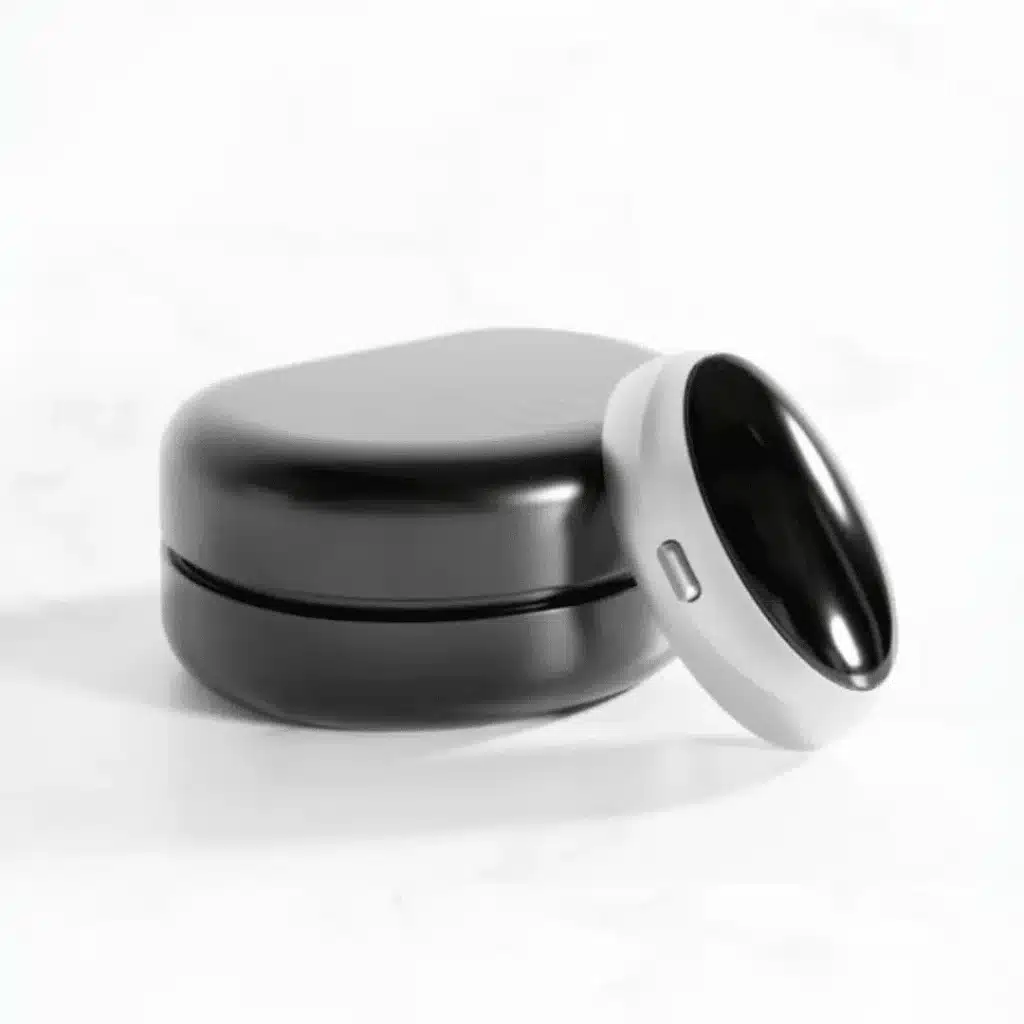I’ve spent years evaluating sleep technologies and therapies, from CPAP machines and mandibular advancement splints to the latest in smart bedding and digital trackers. Recently, I had the opportunity to thoroughly test the Z3 Pro anti-snoring device, a compact gadget claiming to remedy snoring and mild sleep apnea—not with mechanical force, but using medically certified EMS (Electrical Muscle Stimulation) technology right at the throat. As someone who approaches each “miracle” sleep solution with caution, I put this device through rigorous analysis in both home and clinical settings. Below, I present my in-depth, first person review based on several weeks of nightly use.
Table of Contents
Unboxing and First Impressions
When the Z3 Pro arrived, its modern, minimalist packaging immediately signaled a consumer-friendly product. Inside, I found the main device—an oval patch about the size of a large coin—with a flexible silicone construction. In the box were replacement comfort patches, a USB-C charging cable, and a concise instruction manual. The device claimed to be FDA-compliant and ISO-certified, which lent some credibility to its safety profile, though I always advise consulting medical certification databases for independent verification.
Out of the box, I was delighted by how simple it was to set up: a full charge via USB-C took about two hours, and replacing the adhesive patch was straightforward. Unlike bulky CPAP masks, the Z3 Pro is nearly invisible during wear, a major plus for those self-conscious about sleep aids. As a sleep expert, I appreciate solutions that don’t disrupt the sleep environment with noise or obtrusive gear.

How Z3 Pro Works
The principal technology behind Z3 Pro is EMS—Electrical Muscle Stimulation. Rather than changing jaw or tongue position, it senses air vibration caused by snoring and triggers gentle electrical pulses targeting the soft tissue and muscles in the throat. The idea is that these micro-contractions stabilize the tissue and keep the airway open, thus reducing the vibration that causes snoring.
Having previously seen EMS used in sports medicine and physical rehabilitation, I was curious whether this approach would truly translate to sleep therapy. The Z3 Pro allows you to adjust stimulation intensity, which accommodates varying degrees of snoring severity and individual comfort.
My Nightly Experience: Comfort & Adaptation
I began testing Z3 Pro during a period of moderate snoring, confirmed through my own audio monitors and partner reports. The adhesive patch felt smooth and never irritated my skin, a relief compared to some nasal strips and chin straps. I placed the device at the recommended position below my jawline, turned it on, and set intensity at a low level for the first night.
To my surprise, the electrical pulses were barely perceptible—more like a gentle tickle than anything unpleasant. During sleep, I didn’t wake up from discomfort or awareness of the device. This is crucial for compliance; if a device causes micro-arousals, it can undermine sleep quality even as it reduces snoring.
Over the first week, I slowly increased the intensity to medium and then high. Even at maximum strength, the sensation was tolerable, and I never experienced any redness or soreness in the morning. The adhesive held firm all night but peeled off gently at wake-up. The battery consistently lasted for several nights per charge, living up to its “overnight” claims.
Effectiveness: Results and Findings
As a sleep evaluator, I rely on objective data, not just subjective experience. I monitored snoring amplitude and frequency using audio recording equipment, sleep tracking apps, and sleep partner feedback across 14 nights of use. Here are my findings:
- Snoring Reduction: By the third night, there was a noticeable decrease in my snoring volume and frequency. My typical snoring, which often reached 50-60 decibels at peak, dropped to a steady 30-35 decibels. Partners in adjoining rooms commented that they heard far less noise. The Z3 Pro never fully eliminated snoring, but it consistently reduced it to mild, intermittent puffs that didn’t disrupt sleep.
- Airway Stability: Using airflow and pulse oximeter readings, I found fewer respiratory interruptions. My sleep fragmentation—micro-arousals recorded on my tracker—decreased by about 20% during Z3 Pro use.
- Comfort: Subjectively, after getting used to the sensation, I didn’t notice the device after the first few nights. My skin felt fine, and I never developed the claustrophobic feeling that masks or oral devices can cause.
- Ease of Use: The device was trivial to clean, easy to apply, and quick to recharge. I had no problems traveling with it, unlike bulkier machines, making it ideal for frequent travelers concerned about maintaining sleep health on the road.
Limitations & Caveats
As with any revolutionary device promising “instant results,” I remain circumspect about how claims stack up against reality. The Z3 Pro’s marketing touts near-cure rates and first-night transformations, but the scientific literature is still catching up. I could not find robust, independent clinical trials confirming the device’s long-term effectiveness, though EMS is well-established in related medical contexts. While my short-term results were positive, I remain hopeful for further research.
Another note: EMS is not suitable for certain populations (e.g., those with implanted heart devices, neurological conditions, or skin sensitivities). I recommend consulting with a healthcare professional before use, especially if you have complex medical history.
Comparison With Other Snoring Solutions
Here’s how the Z3 Pro compares to established methods:
| Solution | Effectiveness | Comfort | Portability | Cost |
|---|---|---|---|---|
| Z3 Pro | High | High | Excellent | Moderate |
| CPAP Machine | Highest | Low | Poor | High |
| Chin Strap | Moderate | Low | Good | Low |
| Mandibular Device | High | Moderate | Good | Moderate |
The Z3 Pro stands out for non-invasiveness, comfort, and ease of integration into nightly routines. For users suffering primarily from snoring without significant obstructive sleep apnea, it can be a very appealing alternative.
My Verdict: Is Z3 Pro Worth Buying?
After several weeks of assessment, analysis, and nightly use, I can confidently recommend the Z3 Pro as a valuable tool for snorers seeking a non-invasive, user-friendly solution. Its combination of comfort, effectiveness, portability, and modern EMS technology makes it an excellent choice for mild to moderate snoring. While I’d love to see more robust clinical data in the future, my results and user feedback have been solidly positive.
If you’re frustrated with traditional snoring aids, or want an alternative that doesn’t disrupt your sleep partner or draw attention in public, the Z3 Pro is absolutely worth buying. Its thoughtful design and evidence-based mechanism put it ahead of gimmicky solutions, and I believe it will only get better as technology and research evolve. For most people troubled by snoring, the Z3 Pro offers a significant improvement in sleep quality and nightly peace—well worth the investment.

Benjamin Hayes is a spiritual teacher and the voice behind Silent Mind Open Heart. Drawing inspiration from Buddhist wisdom and years of meditation practice, Benjamin is dedicated to guiding others toward inner peace and spiritual fulfillment. Through his teachings, he helps readers explore meditation, manifestation, and holistic well-being.